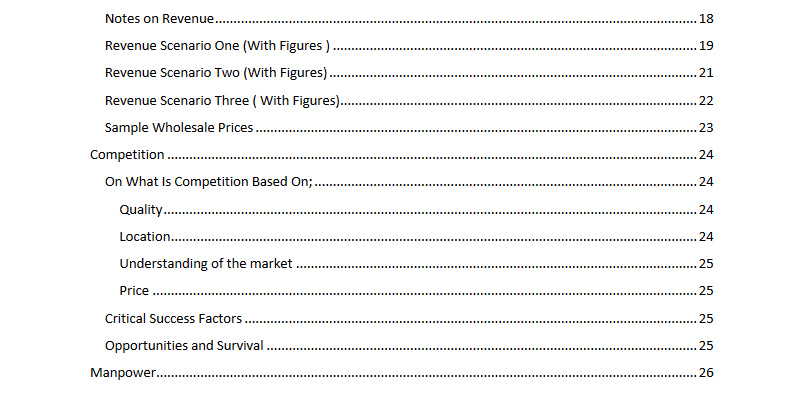Mitumba Retail Business Plan
Mitumba Retail Business Plan


Mitumba Retail Business Plan Overview
This Mitumba Retail Business Plan focuses on the retail of second hand clothes commonly known as Mitumba. Though the major focus is on the retail of mitumba we also briefly touch other aspects of the business.
There have been on and off efforts by the government to ban or restrict the mitumba business. However political considerations carry the day and such a ban is unlikely to come in effect soon.
As late as October 2015 the ministry of industrialization talked of eliminating mitumba in phases. Still it’s notable that when Uhuru Kenyatta was finance minister he reduced import duty on second-hand clothes from $0.3 per kilo (or 45 per cent, whichever is higher) to $0.20 per kilo (or 35 per cent, whichever is higher), a rate which is still applicable at the moment.
The East Africa Community has also been pushing for the ban of mitumba clothes either outright or by increasing barriers through higher taxes and quality inspections. This is supposed to help revive the local textile industry. Yet not much has come out of this. The business will certainly continue to exist in the near future.
There are no good statistics of the value of the mitumba business but sources at the Mombasa port estimate an average of 300 containers with mitumba clothes arrive in the port in Mombasa every month. In 2010 the UN estimated about 80 million kilograms of mitumba arrive in Kenya every month, and the number is still growing.
To consumers Mitumba are no longer just about going for low priced clothing rather it’s a matter of style, quality and standing out.
The Mitumba Supply Chain
The major players in the Mitumba Value Chain are:
- Original / First Consumer usually in Europe
- Collectors – Charity shops, Non governmental organizations
- Textile Reclamation companies in Europe
- Local Large Scale Mitumba Importer
- Wholesaler
- Retailers
- Sub Retailers
The Process in Detail
As noted above Mitumba are usually clothes first bought and used by consumers in the West. Consumers in the west have a higher clothes turnover when compared to countries like Kenya. This is because of cultural habits, rapidly changing fashion trends and higher income which affords more the citizens more disposable cash to purchase clothes.
An avenue then has to be found to dispose the used clothes which accumulate fast.
For clothes of average quality consumers donate to charity that means they don’t get any compensation. Donating clothes to charity is part of a social fabric and hence it’s common and with no monetary expectations.
However for high end designer clothes consumers hold on to them longer and at times use more formal means to sell them and earn money.
The mitumba that comes to Kenya is not designer but average daily clothes. The West’s equivalent of the clothes locally sold in stalls, low and mid level boutiques.
Charities collect the clothes as a source of income. Often they will have shops where consumers can drop used clothes. Alternatively they go door to door asking people to donate their used clothes.
To the charities the clothes are a source of extra income. The charities will sell about 10% of the donated clothes within the country and find ways to sell the rest by exporting to Africa and other developing economies.
In the West there is what is referred as the Textile Reclamation Industry. These consist of entrepreneurs who try making profitable sense of the tonnes of used clothes that are available from charities. The businesses purchase the used clothes collected by the charities and either sell to their countries ‘rag’ industries or repackage and export.
In the latter case participants in the reclamation industry purchase used clothes from the charities and other collectors, pay per kilogram, package and export to Africa and countries in Eastern Europe. To maximize profit, compete and look professional textile reclamation companies don’t just pack the clothes and dispatch, rather they sort and grade before exporting.
Download Mitumba Retail Business Plan / guide here